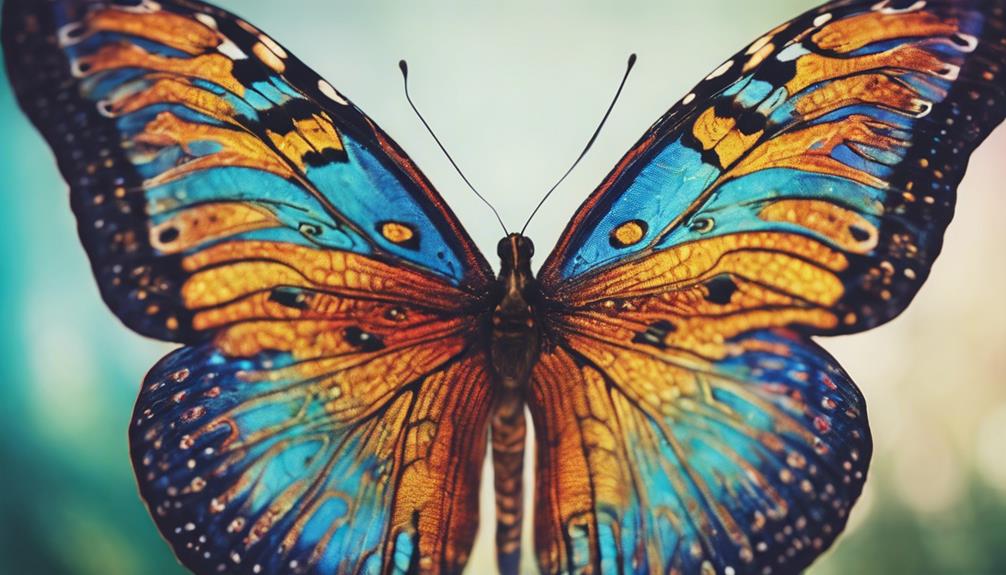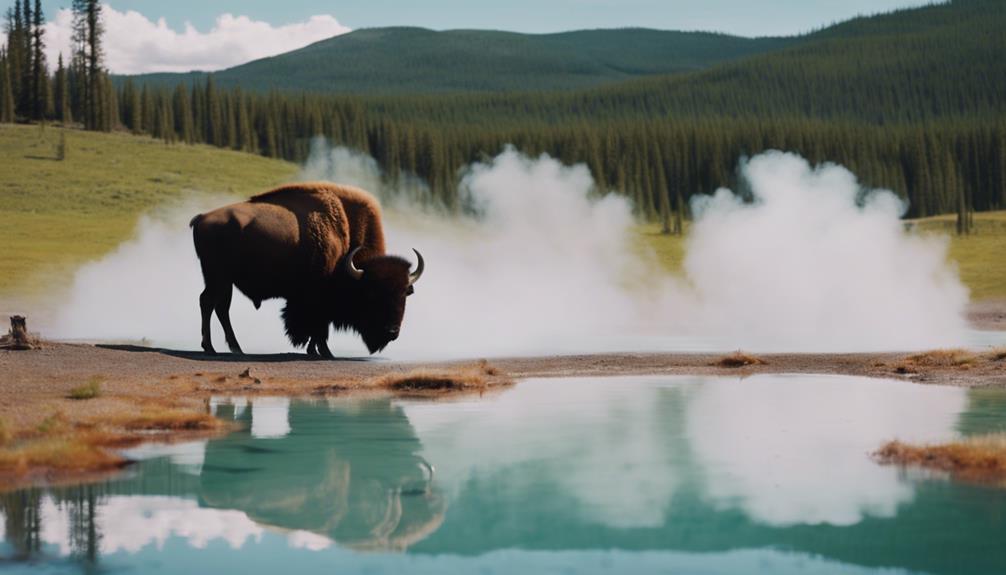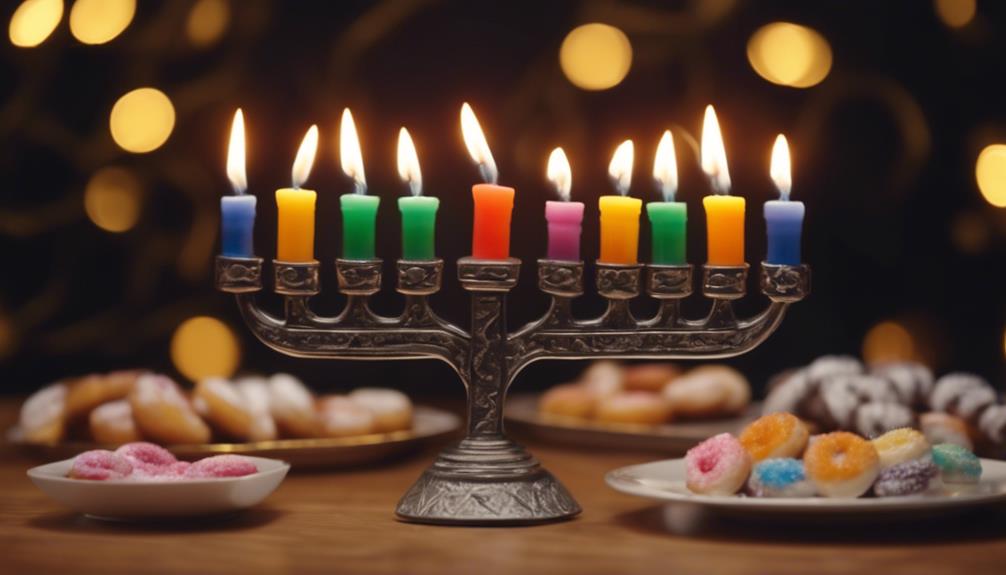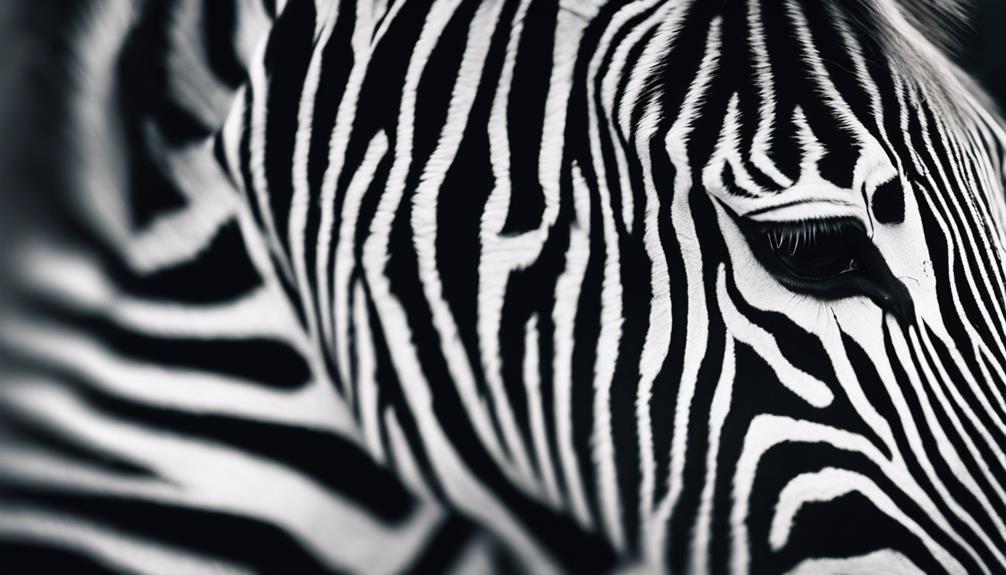Are you ready to dive into the sparkling world of champagne?
Get ready to discover some fascinating facts that will make your next glass of bubbly even more enjoyable.
From the history behind its creation to the different types and production process, this article will take you on a journey through the wonderful world of champagne.
So grab a glass, sit back, and let’s explore together!
Key Takeaways
- Champagne was first produced by monks in the 17th century.
- The soil and terroir in Champagne play a crucial role in champagne production.
- Chardonnay, Pinot Noir, and Pinot Meunier are the main grape varieties used in champagne.
- Champagne undergoes a second fermentation process in the bottle, creating its signature bubbles.
The Origin of Champagne
Did you know that the origin of champagne can be traced back to the region of Champagne in France? Champagne has a significant place in history, as it was first produced by monks in the 17th century. They discovered that the unique climate and soil composition of Champagne allowed for the perfect conditions to create sparkling wine.
This discovery revolutionized winemaking and led to the birth of champagne as we know it today. Apart from being enjoyed as a celebratory drink, champagne also has unconventional uses. It can be used as an ingredient in cocktails, such as mimosas or bellinis, adding a touch of elegance to any gathering.
Additionally, champagne can be used to enhance the flavors of certain dishes, like seafood or desserts, making them even more delightful and indulgent. So next time you enjoy a glass of champagne, remember its rich history and versatile nature.
The Champagne Region
In the Champagne region, the soil and terroir play a crucial role in the production of this iconic sparkling wine. The unique combination of chalk, limestone, and clay creates the perfect conditions for growing grapes that are full of character and complexity.
With grape varieties such as Chardonnay, Pinot Noir, and Pinot Meunier, each bringing their own distinct flavors to the blend, Champagne offers a diverse range of styles to enjoy.
And let’s not forget about the traditional production methods that have been passed down through generations, ensuring that every bottle of Champagne is crafted with precision and expertise.
Soil and Terroir
You’ll be amazed to learn how the soil and terroir affect the flavor of champagne. The soil composition in the Champagne region plays a crucial role in shaping the unique characteristics of this sparkling wine. Here are some fascinating facts about it:
- Soil Types: The Champagne vineyards predominantly have three types of soil – chalk, clay, and sand. Each imparts distinct flavors to the grapes.
- Chalky Influence: The chalk-rich soils provide excellent drainage, retain heat, and impart a mineral quality to the grapes. This contributes to the crispness and complexity found in champagne.
- Vineyard Management: The careful management of vineyards is essential for maintaining optimal growing conditions. Techniques like soil analysis, organic farming practices, and precision viticulture help ensure high-quality grapes that translate into exceptional champagnes.
Understanding how these factors influence champagne production enhances your appreciation for this exquisite beverage. So next time you raise a glass of bubbly, remember that it’s not just about the bubbles – it’s about the unique connection between nature and craftsmanship that makes each sip special.
Grape Varieties
When it comes to grape varieties, it’s fascinating how different types of grapes contribute unique flavors to the production of champagne.
The three main grape varieties used in champagne are Chardonnay, Pinot Noir, and Pinot Meunier. Each variety brings its own characteristics to the blend, resulting in a complex and diverse taste profile.
Chardonnay adds elegance and finesse with its citrus and floral notes, while Pinot Noir brings depth and structure with its red fruit flavors. Pinot Meunier contributes freshness and fruitiness, balancing out the other two grapes.
When you indulge in a champagne tasting, pay attention to these grape varieties as they play a significant role in creating your favorite bubbly beverage. Explore the nuances of each variety and discover which one resonates with your palate for a truly memorable experience.
Cheers!
Traditional Production Methods
To fully appreciate the craftsmanship behind champagne, immerse yourself in understanding the traditional production methods that have been passed down through generations. Here are some fascinating facts about the traditional techniques used to create this beloved sparkling wine:
- Fermentation: Champagne undergoes a second fermentation process in the bottle, creating its signature bubbles.
- Riddling: After fermentation, bottles are gently rotated and tilted to collect sediments in the neck for removal.
- Disgorgement: The frozen neck of the bottle is opened, expelling the sediment and maintaining clarity.
These traditional methods have historical significance and contribute to champagne’s exquisite quality. By honoring these time-honored practices, champagne producers ensure that every bottle is a testament to their dedication and expertise.
The Production Process
When it comes to the production process of champagne, there are three key points to consider.
First, champagne is made primarily from three grape varieties: Chardonnay, Pinot Noir, and Pinot Meunier. These grapes each bring their own unique characteristics to the final product.
Second, after the initial fermentation, a mixture of sugar and yeast is added to induce a second fermentation in the bottle. This creates the bubbles that champagne is famous for.
Grape Varieties Used
Did you know that the grape varieties used in champagne include Chardonnay, Pinot Noir, and Pinot Meunier? These grapes are carefully cultivated to create the perfect blend for this iconic sparkling wine.
Here are some interesting facts about champagne grape varieties:
- Chardonnay: Known for its elegance and finesse, Chardonnay contributes a light and delicate flavor to champagne.
- Pinot Noir: This red grape adds body and structure to champagne, lending it a rich and complex character.
- Pinot Meunier: A lesser-known variety, Pinot Meunier brings fruity notes and freshness to the final blend.
These three grapes work together harmoniously to create the signature taste of champagne. The unique combination of flavors is what sets this sparkling wine apart from others.
Secondary Fermentation Method
Using the secondary fermentation method, you’ll find that bubbles are created naturally in champagne through a process called carbonation. This technique involves adding yeast and sugar to the base wine, which triggers a second fermentation in the bottle. As the yeast consumes the sugar, it produces carbon dioxide gas, creating those delightful bubbles we all love. But did you know that there are alternative fermentation techniques used to create sparkling wines similar to champagne? These alternatives include methods like Charmat and transfer, which offer different flavors and textures. While they may not be true champagnes, they provide exciting options for those seeking something different. So next time you’re looking for a bubbly experience, don’t limit yourself to champagne alone; explore these alternative techniques and discover new favorites.
| Alternative Fermentation Techniques | Champagne Alternatives |
|---|---|
| Charmat Method | Prosecco |
| Transfer Method | Cava |
| Carbonation | Sparkling Wine |
Aging and Bottling Process
The aging and bottling process adds complexity and depth to sparkling wines, resulting in a more refined and mature flavor profile. Here are some interesting facts about aging techniques and bottling techniques:
Aging Techniques:
- Traditional Method: The wine is aged on its lees (spent yeast) for an extended period, which imparts richness and creaminess to the final product.
- Extended Aging: Some sparkling wines undergo longer aging periods, sometimes up to several years, allowing them to develop even more complexity and nuance.
- Oak Aging: Some producers choose to age their wines in oak barrels, adding flavors of vanilla and spice.
Bottling Techniques:
- Riddling: This technique involves gradually tilting the bottles over time to collect the sediment in the neck, which is then disgorged before final corking.
- Cork vs. Crown Cap: While most sparkling wines use traditional corks, some producers opt for crown caps for a fresher style with less oxygen exposure.
- Dosage: After disgorgement, a small amount of sugar solution (dosage) can be added back into the wine to balance acidity or enhance sweetness.
These aging and bottling techniques contribute to the unique character of each bottle of sparkling wine. So next time you sip on your favorite bubbly beverage, remember the craftsmanship that goes into creating its exquisite flavor. Cheers!
The Bubbles in Champagne
Pour yourself a glass of champagne and watch as the bubbles rise to the top, creating a mesmerizing display. Did you know that the bubbles in champagne are not simply for aesthetic pleasure? They actually play an important role in enhancing your drinking experience.
The process of champagne carbonation is known as secondary fermentation. After the initial fermentation, a mixture of yeast and sugar is added to the bottle, which creates carbon dioxide gas. This trapped gas then forms bubbles when you pour the champagne into a glass.
The size and number of bubbles can tell you about the quality of your bubbly. Smaller, more persistent bubbles indicate higher quality champagne, while larger, rapidly dissipating bubbles may suggest inferior quality.
The Different Types of Champagne
When it comes to bubbly beverages, there are various types of champagne to choose from. Whether you’re celebrating a special occasion or simply want to indulge in something luxurious, champagne offers a wide range of flavors and brands that cater to your taste buds.
Here are some interesting facts about the different types of champagne:
- Vintage Champagne: Made from grapes harvested in a single year, vintage champagnes are known for their exceptional quality and unique flavors.
- Non-Vintage Champagne: Blended from multiple years’ harvests, non-vintage champagnes offer consistency in taste and are often more affordable.
- Rosé Champagne: With its beautiful pink hue, rosé champagne adds a touch of elegance to any celebration. It is made by incorporating red wine during the production process.
Popular brands such as Moët & Chandon, Veuve Clicquot, and Dom Pérignon have perfected the craft of creating exquisite champagnes that cater to different palates. So whether you prefer crisp and citrusy or rich and creamy flavors, there’s a type of champagne out there just waiting for you to discover. Cheers!
Champagne and Celebrations
If you’re looking to celebrate a special occasion, champagne is the perfect choice to add a touch of elegance and sophistication to your festivities. Whether it’s a wedding or New Year’s Eve, champagne has long been associated with celebrations and joyous moments.
Its effervescence and crisp taste make it the drink of choice for toasting and raising a glass in honor of love, success, and new beginnings. The bubbles dancing in your flute symbolize happiness and excitement, creating an atmosphere of jubilation.
Fun Facts About Champagne Labels
Don’t forget to check the labels on your champagne bottles for interesting tidbits of information. Champagne label designs can be a fascinating glimpse into the world of this luxurious sparkling wine.
Here are some fun facts about champagne labels that will pique your interest:
- Designs that evoke elegance: Champagne labels often feature sophisticated and stylish designs, reflecting the prestige and allure of this celebratory drink.
- Historical references: Some champagne labels pay homage to their rich heritage by incorporating historical symbols or images associated with famous figures in the industry.
- Regulations ensure authenticity: Champagne label regulations are strict to protect consumers from counterfeit products. The use of specific terms like ‘Champagne’ is reserved exclusively for wines produced in the Champagne region of France.
Frequently Asked Questions
What Is the History Behind the Tradition of Popping Champagne Bottles During Celebrations?
The history behind the tradition of popping champagne bottles during celebrations dates back centuries. It has become a cultural symbol of joy and success, creating an atmosphere of excitement and camaraderie.
How Long Does It Take for Champagne to Age and Develop Its Unique Flavors?
During the ageing process, champagne develops its unique flavors over time. Factors like the blend of grapes used, fermentation techniques, and storage conditions all contribute to the final taste.
Are There Any Health Benefits Associated With Drinking Champagne?
Drinking champagne can offer health benefits. It has been linked to weight loss due to its low calorie content. Additionally, moderate consumption may promote heart health by improving blood vessel function and reducing the risk of heart disease.
Can Champagne Only Be Made From Specific Grape Varieties, or Can Other Fruits Be Used as Well?
Yes, champagne can only be made from specific grape varieties. The traditional production process requires the use of Chardonnay, Pinot Noir, and Pinot Meunier grapes. Other fruits are not used in making champagne.
What Are Some Popular Champagne Cocktails That Can Be Made Using Different Types of Champagne?
To make popular champagne cocktails, experiment with different types of champagne. Try the classic Mimosa with orange juice or a Kir Royale with crème de cassis. The possibilities are endless for creating unique and delicious champagne cocktail recipes.
Conclusion
Now that you know these fun facts about champagne, you can impress your friends and family with your knowledge at the next celebration.
Imagine the sparkle in their eyes as you share the origins of champagne and explain how it is produced.
You can even surprise them by discussing the different types of champagne and what each label means.
So go ahead, pop open a bottle, and enjoy the effervescent world of champagne!
Cheers to a future filled with bubbly celebrations!





